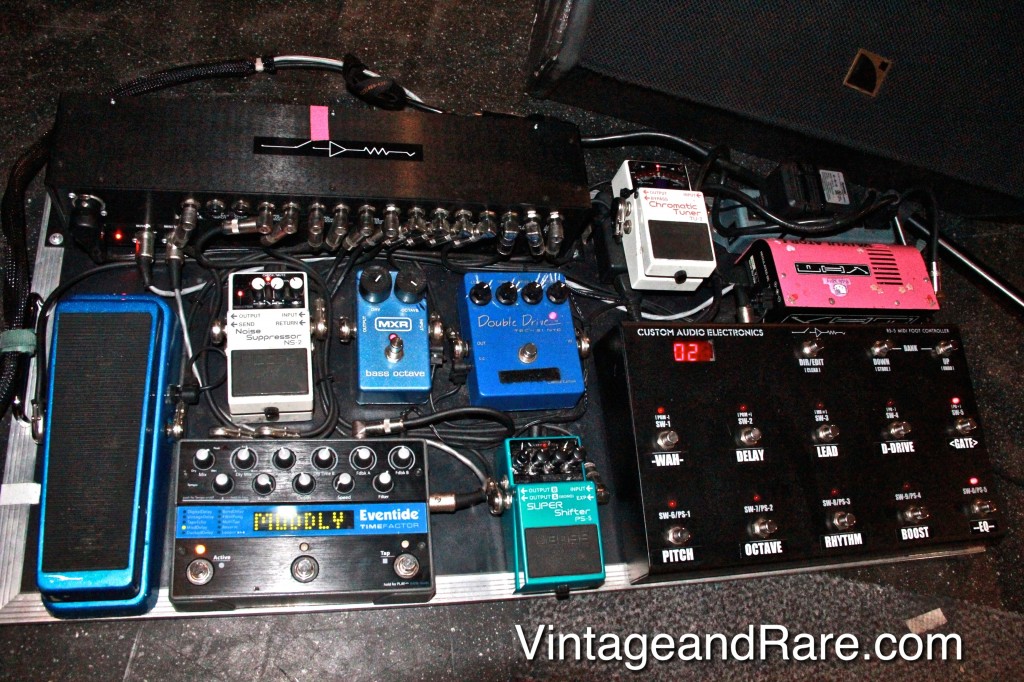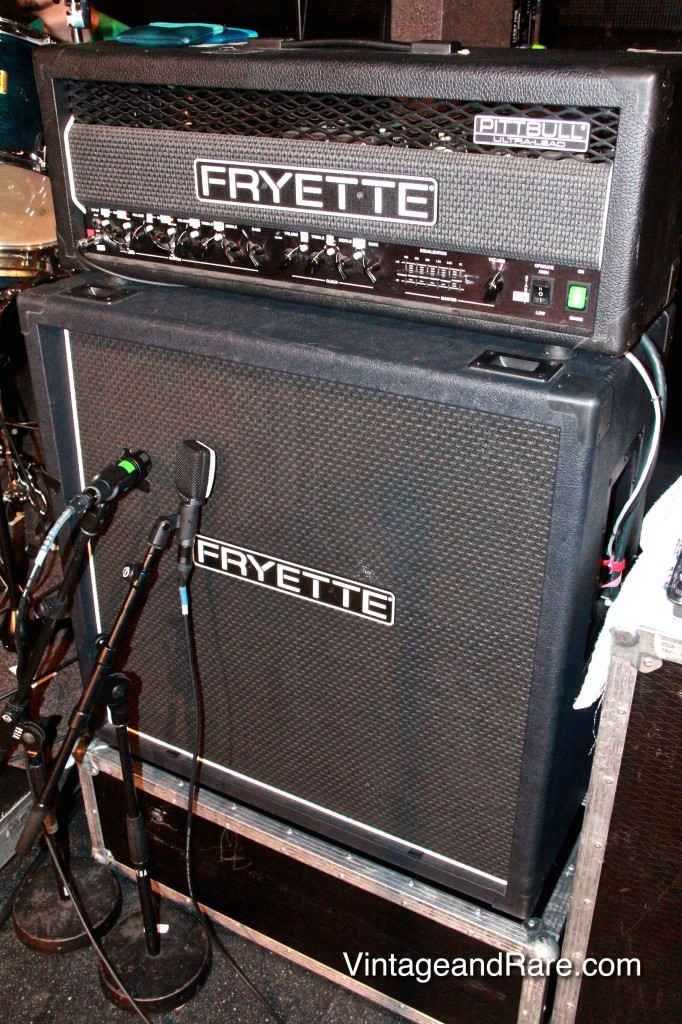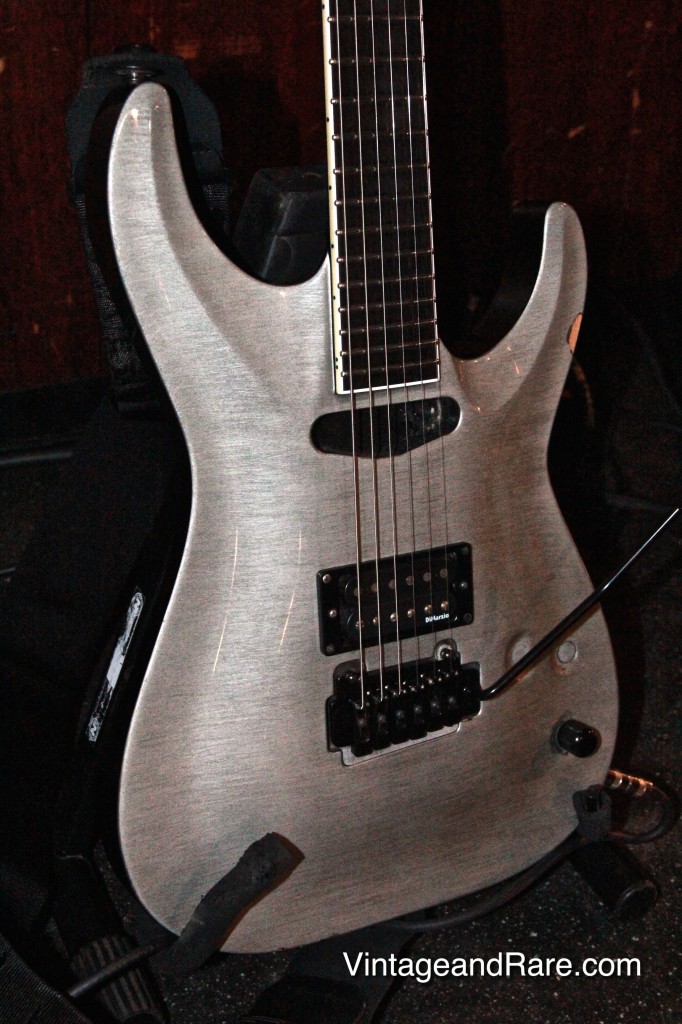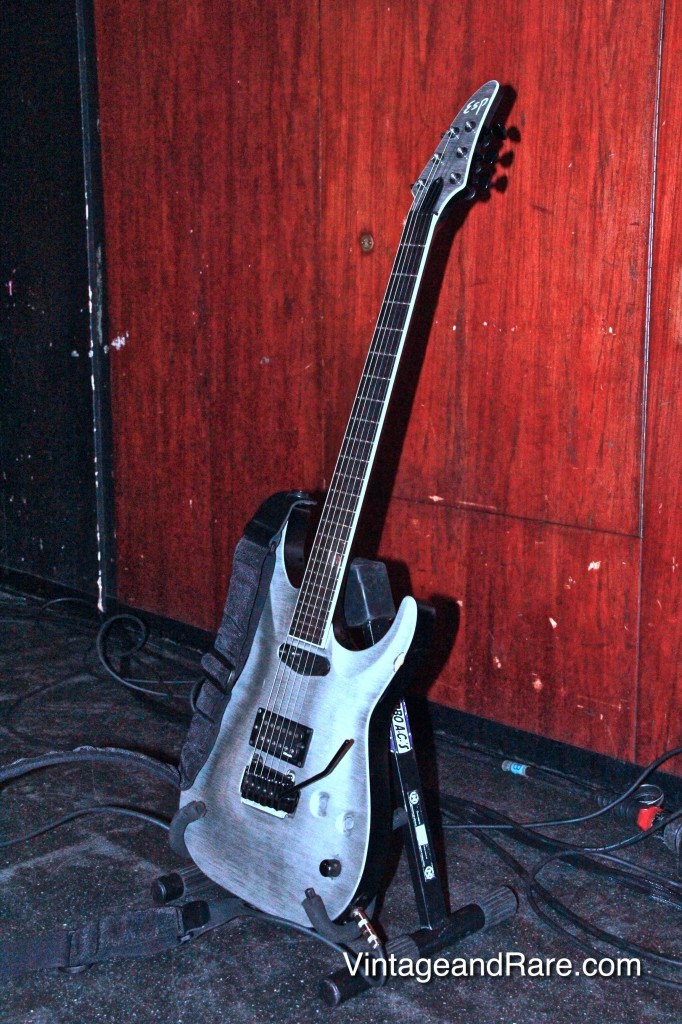The Gibson Les Paul Heritage Series Standard 80 models – Finding that 1959 Burst tone on a budget.
Guest blog by Henrik Berger.
It can haunt you in your dreams, and follow you around the entire night and day, it can drive you into countless hours of searching the internet, daydreaming, while listening to Youtube- clips, finding articles, talking to friends.. What am I talking about?…… I am talking about the 1959 Gibson Les Paul Standard..
Unless you are very wealthy, or extremely lucky, you will not be able to claim your 1959 Burst, since prices are in the big boys league, and have been rising for quite some time. But today´s economy on the other hand, suggests that now, it would be a good time to invest in one, if you have around, 100.000 – 400.000 $ (depending on the condition & originality) to spare for a 1959 Burst.
But!…… If you (like me) don’t have that kind of money, what do you then do?
Since the age of 5 I have played guitar, but at the age of 16, I started to have a great interest in vintage guitars, and I have always been on the look out for that special guitar.
At first I only looked for vintage Fender Stratocasters because Jimi Hendrix, Eric Johnson, Eric Clapton, John Norum and Yngwie Malmsteen played on those beat up Strats.
But several years later I got turned on to Gibson.
I had read up on the Gibson Les Paul history and of course stumbled upon the 1959 Burst…. The holy grail of guitars. So I set out to get myself one of those;).
Not surprisingly that did not happen or should I say, has not happened yet. But I came across this series of guitars that apparently should be very very good. And they were affordable!
The Gibson Les Paul heritage series standard 80!
Starting the 59 reissue era
It all started back in the late 70´s when different shops requested Gibson to make a guitar that had the same features as the 1959 Les Paul Standard, the first models that Gibson attempted to build were far from the real deal. But at some point the Nashville factory set out to release the Heritage Series 80.
The Heritage Series Standard 80
Production started early in 1980 and ended late in 1982. There were between 2-3000 of these guitars built, I have conflicting info on this matter, however most people recognize 2000 to be the right number. The author of this article do not know the exact number, so if any of you have that information we will be more than happy to hear from you.
The Heritage series standard 80, was not completely true to the Gibson 1959 Burst in a lot of ways, but all guitars were made with no weight relief or tone chambers, and they are solid body guitars.
There were 3 types of Gibson Les Paul Heritage Series Standard 80. The Standard, The Elite and The Award.
Here is a quick overview of the general specs on those guitars. Generally all of the models mentioned below feature a sharper horn at the cutaway than the original 1959 Les paul.
Colours vary from Cherry Burst- Honey Burst- “Lemon Dropish” – Black – Wine Red – Goldtop.
However most were coloured in the CherryBurst and the HoneyBurst. Black- Wine Red- Goldtop only exist in very small numbers. (personally I have only seen 3 Goldtops, 2 Black, 1 Wine Red in my search and they were all Standards).
Heritage series standard 80 /Standard model
One piece Maghogany Body
Tops range from regular plain top to really flamy.
3 piece Maghogany neck medium to semi big profile.
Rosewood fingerboard
Trapeze mother of pearl inlay
Narrow binding in the cut away.
Grover kidney tuners.
2 Tim Shaw designed Humbuckers
Neckplate says Heritage series standard – 80.
Back of headstock has regular serial number and 4 extra digits underneath, and a “made in the U.S.A” stamp. all numbers and letters are stamped into the neck
Heritage series standard 80 / Elite model.
One piece Maghogany Body
quilted tops
1 piece Maghogany neck neck medium to semi big profile.
Ebony Fingerboard
Trapeze mother of pearl inlay
Narrow binding in the cut away.
Grover kidney tuners.
2 Tim Shaw designed Humbuckers
Neckplate says Heritage series standard – 80 Elite.
Back of headstock has regular serial number and 4 extra digits underneath, and a “made in the U.S.A” stamp. all numbers and letters are stamped into the neck
Heritage Series / Award model
Same as the Elite. with a few exceptions.
Tops are quilt or flame
Features a plate on the back of the neck with a number
The neckplate says Heritage Award
The guitar was fitted with gold hardware.
About 50 of these where made.
These were given to the sellers that could sell the most guitars from this line. I have seen about 5 for sale the last 5 years.
The odd crossover 80 / Elite and Award models
Since the Elite and Award have ebony fingerboards, they are somewhat a freak crossover between a Gibson les paul custom and a standard/ reissue. But a good odd crossovers I mind you!. They are excellent guitars and plays very smoothly. But in terms of getting close to the original 59 burst they are far from close. However fitted with the Tim Shaw PAF-clone humbucker pickups, they have a very warm and true vintage sound to them. Soundwise I would compare them to a 1957 Les Paul Custom fitted with P.A.F pickups. They have a bit more edge to the tone than the rosewood Standard.
The Tim Shaw P.A.F recreation
Gibson had Tim Shaw to recreate the famous P.A.F pickups, and his determination to recreate an exact copy of the P.A.F pickup drove him into investigating how the coils were spun,, which magnets they used, how many windings etc. Tim Shaw was very meticulous about the design of these pickups, and he managed to produce a very close clone to the original P.A.F pickup. They go by the name of “Shawbuckers” or “TimBuckers” in the collectors society, and they fetch a fair amount of money when they get sold on various sites and auctions. These pickups are marked with numbers underneath, 137 being the neck pick up with less windings, and 138 being the bridge pickup with more windings. There is also a date after the first 3 numbers so lets say a pickup would read 1370581 then its a neck pickup made in May 1981.
Serialization and identification
The serialization on these Gibsons is the system that Gibson used from 1977-2005
The pattern is YDDDYPPP. And you decode it this way.
Y = First number in year. (10´s)
DDD = Number of day in that year.
Y = Second number in year (1´s)
PPP = Place of production (001-499 = Kalamazoo, 500-999 = Nashville)
Lets say you have 82760599 ( 82760599 )stamped on your neck.
That means your guitar was made in 1980 on the 276th. day in the Nashville plant
The additional 4 digits below the serialnumber, do not have any code, they were random numbers that was stamped into the neck to show that this guitar was part of a limited guitar run.
The Heritage series 80 is fairly easy to pick out from the crowd, and it is pretty easy to determine whether or not it is an original guitar you have in your hands.
I have a small checklist inside my head that hopefully can help you out.
1. Back of the headstock has a normal serial number and 4 extra digits.
2. Grover Tuners.
3. Neckplate states Gibson Heritage series standard 80 / – Elite / or Heritage Award.
4. Nickel hardware.
5. Pickups must have the “TimBucker/Shawbucker” code.
6. Serialnumber must be in the 1980-1982 range*.
*I have seen 1 Heritage 80 Les Paul with a very early 1983 serial number which indicates that they made the very last ones in early 1983. But I cant say if that guitar was 100% original, since it was a listing on an auction site.
History books and information from Gibson states that production years was 1980-1982.
If you want to make sure everything is original, look for faded plastic parts and worn nickel hardware, check for screwholes that shouldn´t be there, and take a look inside the cavities..
Finally if you are in doubt, bring a camera, and take some shots of the guitar, that way you can post them in forums, and I´m sure people will help you out.
The feel… The tone….
My hunt for the holy grail will never stop I guess, but so far I have had great success in my quest for the classic Gibson tone.
I have found an instrument that really inspires me, and sounds so good, that I look forward to play my trusted Gibson Heritage series standard 80´s everytime.
The thrill is, that since these guitars probably never will reach a “darling” status with the collectors, there is hope that they will stay in current pricerange more or less. You can get a fair condition Heritage Series standard 80 for around 3500 $, the better ones with nicer tops generally go for a bit more, and then there are the “collector” ones in mint condition which is set at a even higher price.
The thing is that this series of guitars was intended to fill a hole in Gibson´s line of guitars, because a lot of players and dealers wanted a reissue 1959 burst, so there was a demand for this type of guitar.
And even though they missed out on a fair amount of details, which resulted in Gibson not getting as close to a real 1959 Les Paul standard as they intended, these guitars are truely excellent. And I´m personally grateful that they are not 100% perfect clones of a 1959 burst, if they were, you couldn´t buy them with my kind of money.
But the most important thing about these guitars is, than when you pick up a Heritage series standard 80, you just know that you have a very good and special guitar in your hands.
In my opinion The Gibson Les Paul Heritage series standard 80 is by far superior to the build- quality that Gibson offers today, at least in the price range of a secondhand Heritage series standard 80.
The more expensive ones that Gibson builds today,of course has another feel to them. I have tried some recent reissue Les Pauls that blew me away, I remember in particular a Sunburst washed cherry 1960 R0 that just kept singing, but the price was way over my budget, I remember it being 42.000 Danish Kroner ( appr. 5600 Euro / 7400 $).
I wouldnt mind getting my hands on one of those, but on the other hand I just like the feel of a 30 + year old Guitar. And I feel that with todays prices, I might as well spend 3-4.000 $ on a guitar that I know will conquer my heart, and I still will be able to take out to gigs in small clubs or bigger venues, without worrying too much about the accidents waiting to happen.
Introducing myself and final thoughts
My name is Henrik Berger, Im a guitarplayer/singer/writer from Denmark, and I have been playing guitar since the age of 5, my biggest influences are Eric Johnson, Mark Knopfler, Eric Clapton, Steve Lukather, Yngwie Malmsteen, John Norum, Gary Moore and of course the late great Jimi Hendrix. When I turned 16 years old I started to have a great interest in vintage guitars, and I have always been on the look out, for that special guitar.
At first I only looked out for vintage Fender Stratocasters because Jimi Hendrix, Eric Johnson, Eric Clapton, John Norum and Yngwie Malmsteen played on those beat up Strats.
But several years later I got turned on to Gibson.
It all started with a 1972 Gibson SG special, then I got a 1977 SG Standard. Then I flirted with the Les Paul, and had a 1976 Les Paul Goldtop Deluxe, which honestly wasn’t a great guitar, so I decided to buy a 1976 Gibson Les Paul Custom (Black Beauty).
The Les Paul custom was a better guitar but still “it” wasn’t there, and by that time I had read up on the Gibson Les Paul history and of course stumbled upon the 1959 Burst…. The holy grail of guitars. I didnt have the money so I discovered the Heritage series standard 80.
I have always collected guitars, but “collected” in the sense of having some guitars to take out to gigs and make use of them.
All my guitars are in players condition, some even beaten close to death, because I played so many gigs on them. I just love to I bring my Heritage series standard 80 Les paul to a club job, and take my 80-Elite alongside for backups, without having second thoughts about it.
The only thing that I always think about though is when bringing my Heritage 80´s on the road I will always place them securely in a guitarstand, Fenders tend to uphold if they are knocked over, Gibson´s don´t;).
In my point of view a Heritage Series 80 Standard, is one of the best options out there, if you are looking for that Burst tone on a budget. You get the feel and sound of a vintage instrument, they may not be the perfect clone, but feel- and soundwise they come pretty darn close if you ask me. And you just now that you are holding a great guitar in your hands when you pick up a Heritage series Les Paul .
And should you decide to sell it at some point ( I bet you wont you probably won´t lose a lot of money…. maybe you will gain some instead.
So go out and grab yourself a great player!
All the best
Henrik Berger
This article is written entirely by myself, I would however like give credit to “Gruhns guide to vintage guitars” written by George Gruhn and Walter Carter, and to Mike Slubowski for giving me some of the knowlegde about these guitars and all the other 59 reissues out there. I would also like to thank Søren Larsen for taking the time to read correcteur on this piece.
This article and the media connected to it ,is owned by Henrik Berger. Please ask for permission before reproducing anything from it.






